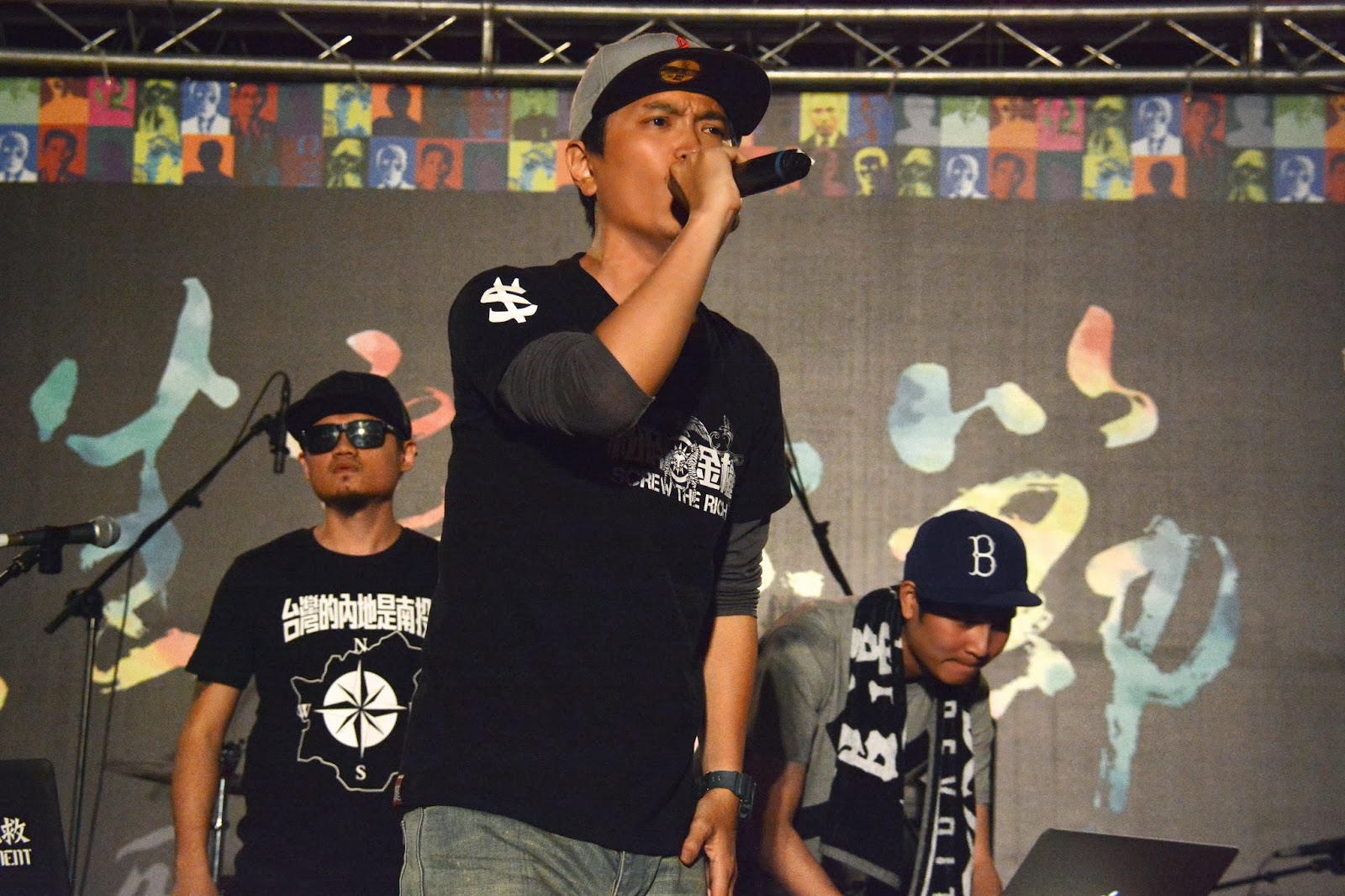Events surrounding
the anniversary of the 228 Massacre are usually sober, depressing things. Some
people are changing that, and the results are surprising
Every year as
Feb. 28 approaches I can feel the sadness descend upon certain Taiwanese. That
date, written in blood and known as 228 for short, is the anniversary of the 1947
crackdown by Nationalist forces against an escalating insurgency targeting
government corruption and inefficiency. In the weeks and months that followed
the initial incident, several thousand Taiwanese, Aborigines, Hakka and
Mainlanders were slain and imprisoned by KMT troops in an orgy of blood meant
to force the population into submission. As many as 20,000 people were killed,
most of them highly educated and politically connected Taiwanese. The massacre
opened the door to the White Terror, a period that did not end until the late
1980s as Taiwan democratized.
Inevitably, 228
is also the date when the revisionists come out. Some aim to downplay the role
of Chiang Kai-shek (蔣介石) and the KMT in the massacre. Others
argue that nobody (or everybody) was responsible (a new one this year: An
academic claimed that ultimately it was the Japanese
who were responsible for 228 because of the “chaos” that they had left in their
wake following the conclusion of World War II). Another one, this one by a
person who is in charge of the “minor” revisions to high-school textbooks: The
massacre of 20,000 people was a “small case.”
Evidently, such
comments cannot but bring pain to the victims and their descendants, and
contribute nothing to the healing, reconciliation, and understanding that are necessary
for the nation to move forward.
Comparisons
might help fully understand the scope of the 228 Massacre. Taiwan’s population
at the time was about 6.5 million. Using a conservative estimate of 20,000
people killed, this means that 0.3 percent of the population was slain, most of
them men. The same ratio today would mean approximately 70,000 victims. In the
U.S., this would mean more than 958,000 killed; in China, 3.9 million.
The challenge is
to keep the issue alive at a time when, decades later, it is perhaps
“convenient” to forget the past, or to buy into the propaganda claiming that
the incident was indeed a small matter. After all, some would say, it’s now
been 67 years. The problem with this line of thought is that 228 remains a key
formative event in the nation’s history, a defining moment that reminded
everybody of the reasons why they wanted nothing to do with China’s violent
tendencies. For many, Taiwan was to China what North America was to the
settlers who had fled the scorpion-filled bottle of warring Europe, hoping for
a new start, for a better life.
I’ve often
worried that the format of the 228 commemorations might no longer be suitable
for young audiences. From what I had witnessed here in Taiwan over the years,
and based on accounts by Taiwanese Americans, the events are usually limited to
emotional speeches by elderly victims and choir ensembles. There is obviously a
need for those, if only for the victims and their descendants. But that is
insufficient, especially if the goal is to attract a new generation of
Taiwanese.
 |
| Fish Lin and Community Service |
 |
| Chang Jui-chuan |
 |
| Fire Extinguisher |
Three very
different genres, and much less contemplative than the macabre dance and
melancholy choir, but unsurpassed in their shared ability to engage youth while
delivering a message. These guys are on to something. Silly alterations to history
textbooks by pseudo-educators do not stand a chance in the face of the emotions,
the anger, unleashed by such performances. These guys are on to something. (Photos by the author)


No comments:
Post a Comment